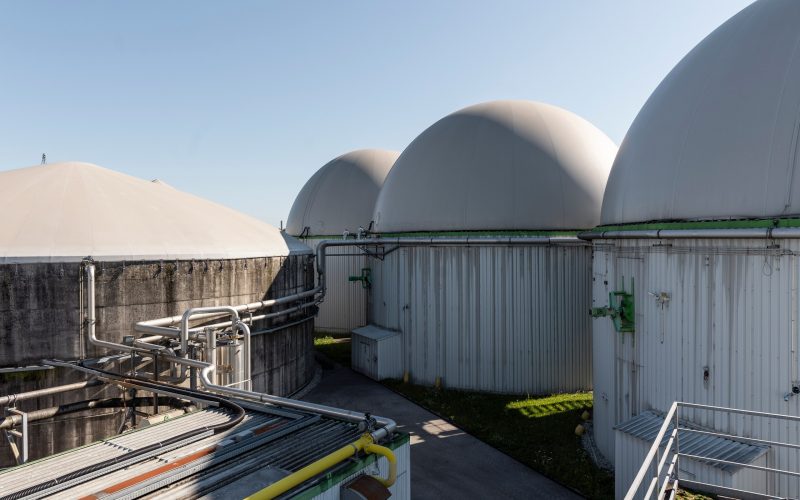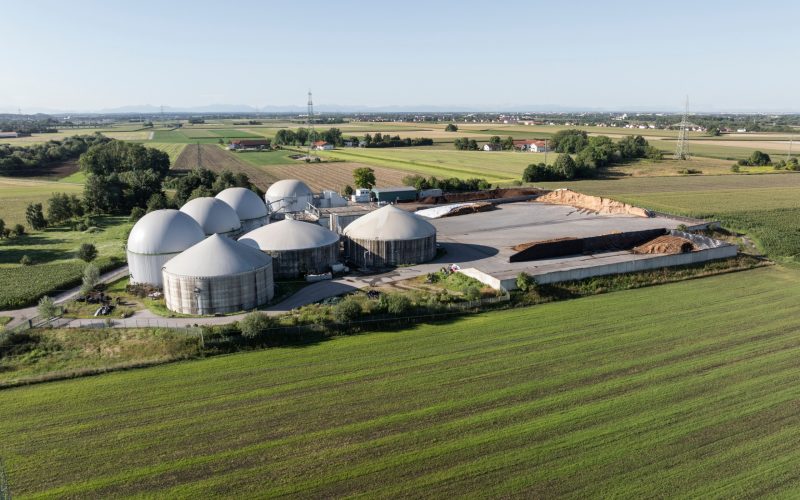Is there a green-coal paradox in Ukraine?
With the growing share of renewable sources in electricity production in Ukraine, we are increasingly hear about the danger of the so-called “green coal paradox”. We offer a brief analysis from UABIO expert Volodymyr Kramar.
MORE RES – MORE COAL. Why so?
The energy system needs balancing. As the installed capacity of RES generation sources increases, the amplitude of the daily non-uniformity of their electricity production increases. This causes an increase in the share of coal-fired power plants in the balance of electricity production, because at certain hours of the day they have to compensate for the daily decline in electricity production from RES to balance the power system.
Nuclear energy is not able to balance the system. Accordingly, the capacity of nuclear power plants is being pushed out of the market. As a result, the share of electricity generation from coal and CO2 emissions from it are growing.
Electricity generation from RES has been growing particularly rapidly since the beginning of 2019.
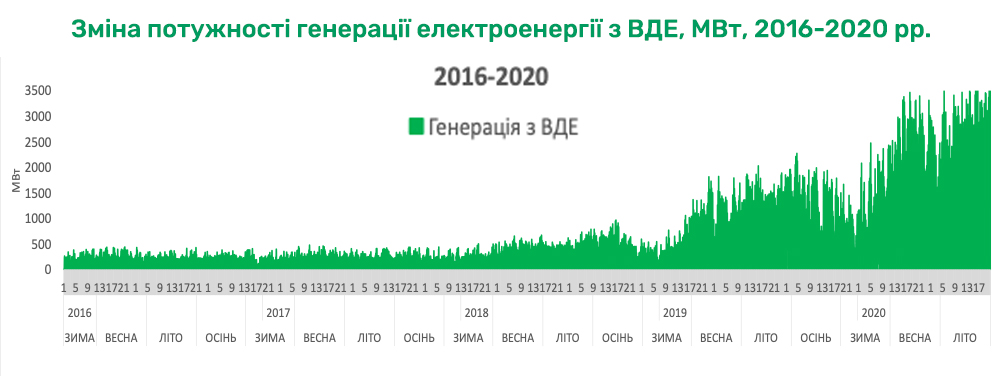
In 2020, in fact, there were cases when nuclear generation decreased its capacity, while the generation capacity of TPPs remained at the same level or increased. Mostly it is the calendar period April-May, when consumption decreases and electricity production from RES increases.
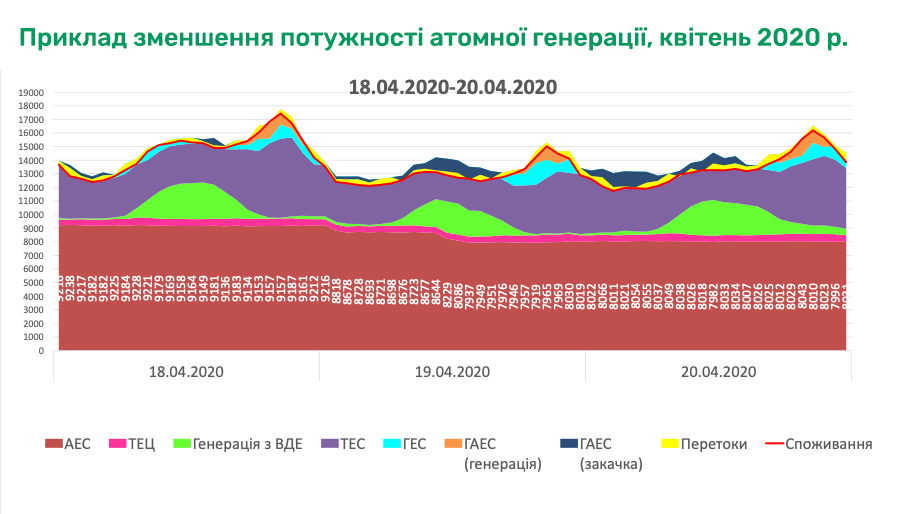
However, not all such cases are the result of uneven electricity production from RES. Additionally affect:
- the structure of final consumption, which recently tends to increase the share of the population with a corresponding decrease in the share of industry, which together leads to an increase in the unevenness of the electric load schedule and a decrease in base load (more information in the report of NEC Ukrenergo);
- unfavorable conditions that occur periodically in the electricity market, when the producer prefers to reduce generation so as not to sell electricity at a price below cost.
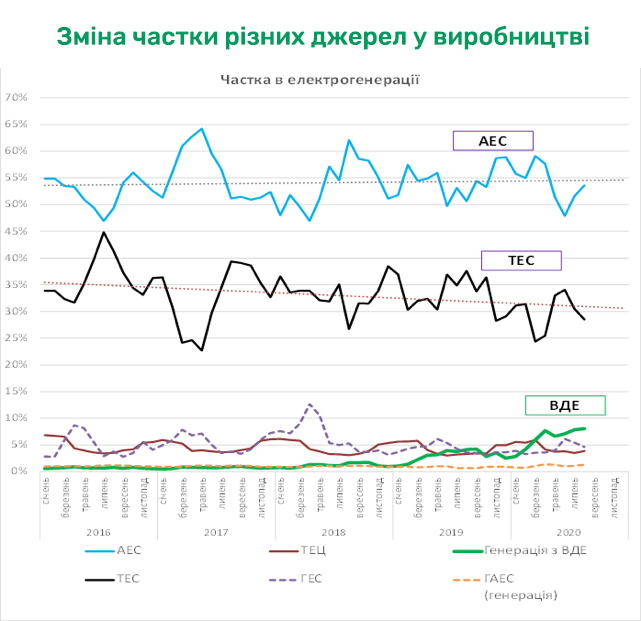
Despite the decrease in electricity consumption in general and the growth of its production from RES, the share of NPP electricity production remains the same on average, and the share of production at TPPs is gradually decreasing – this was shown by the analysis of changes in the share of different sources of electricity.
At the same time, the decrease in the share of electricity production at TPPs roughly corresponds to the increase in the share of its production from RES.
What is the conclusion?
Thus, although the unified energy system of Ukraine lacks maneuverability, there are NO obvious manifestations of the “green-coal paradox” yet. At least, the isolated cases that can be considered as manifestations of this phenomenon have not yet acquired a systemic character, which would significantly affect the distribution of particles of electricity generation from different sources.
For the analysis, the data of the operator of the transmission system of UES of Ukraine NEC “Ukrenergo” were used.

